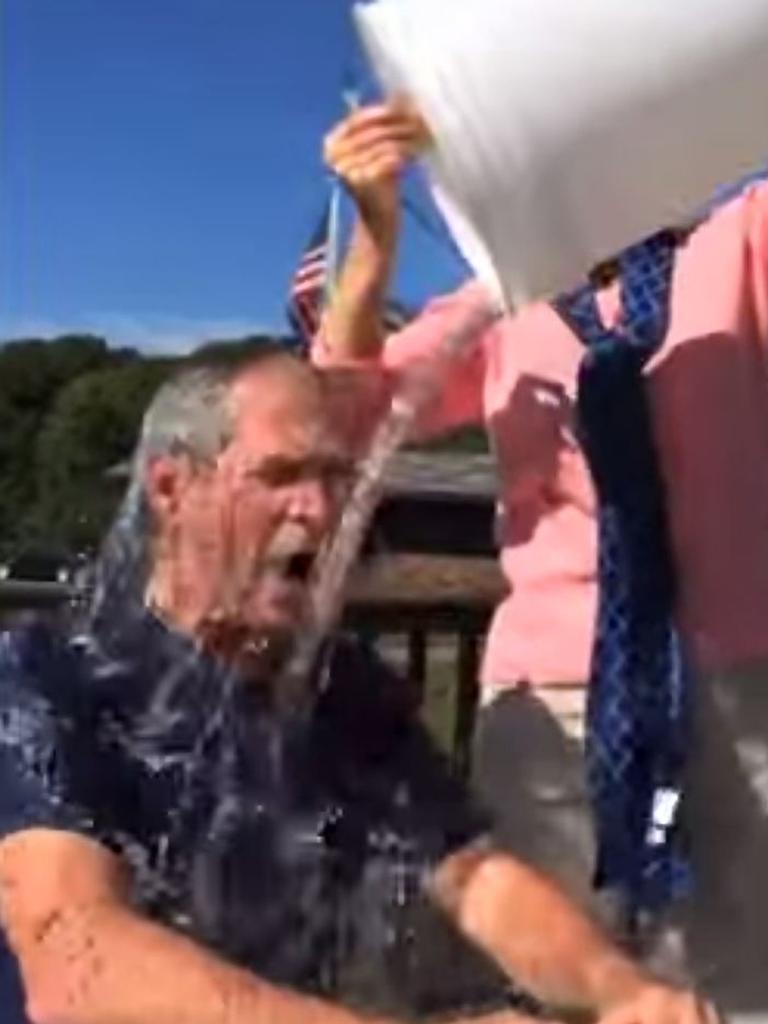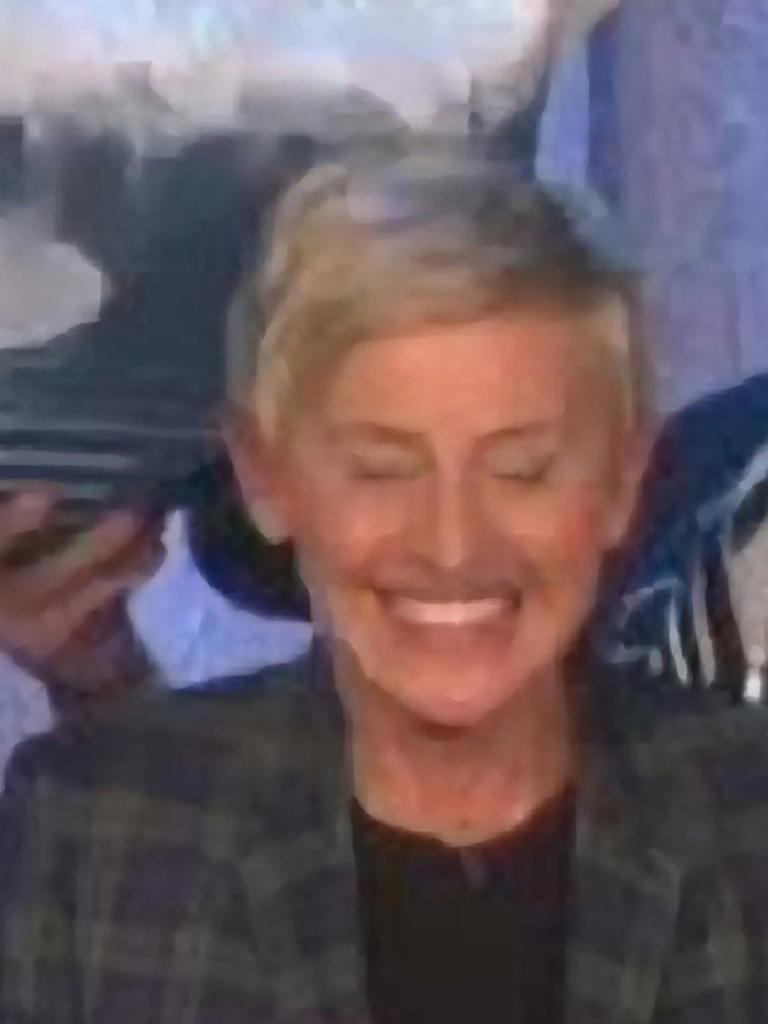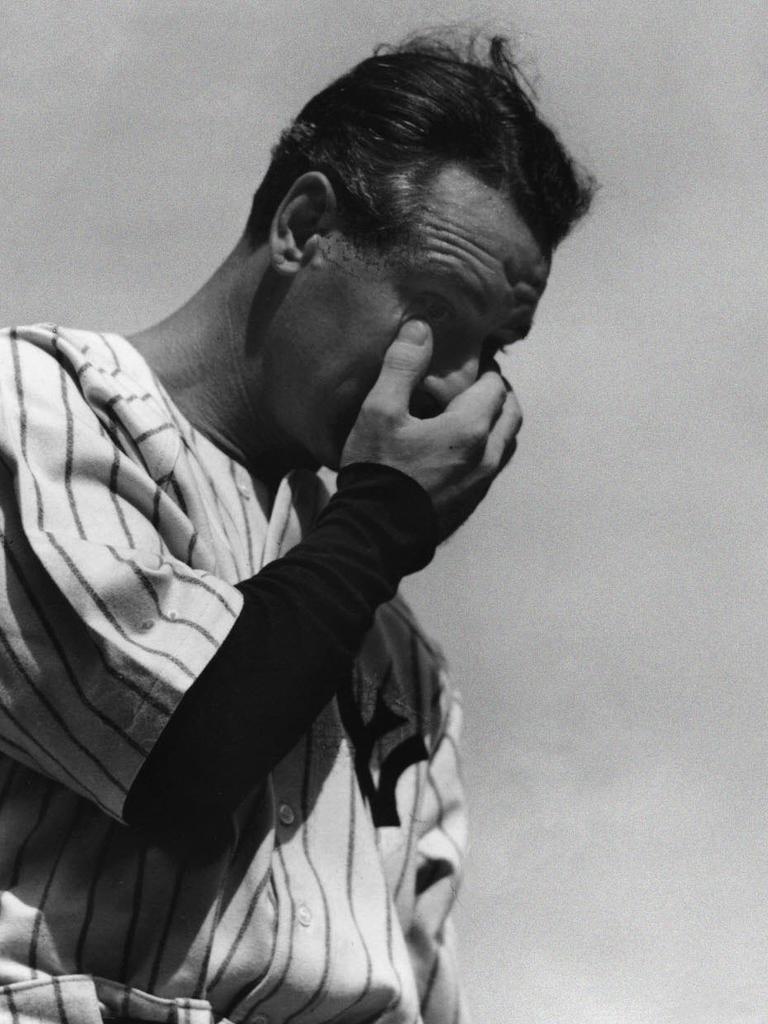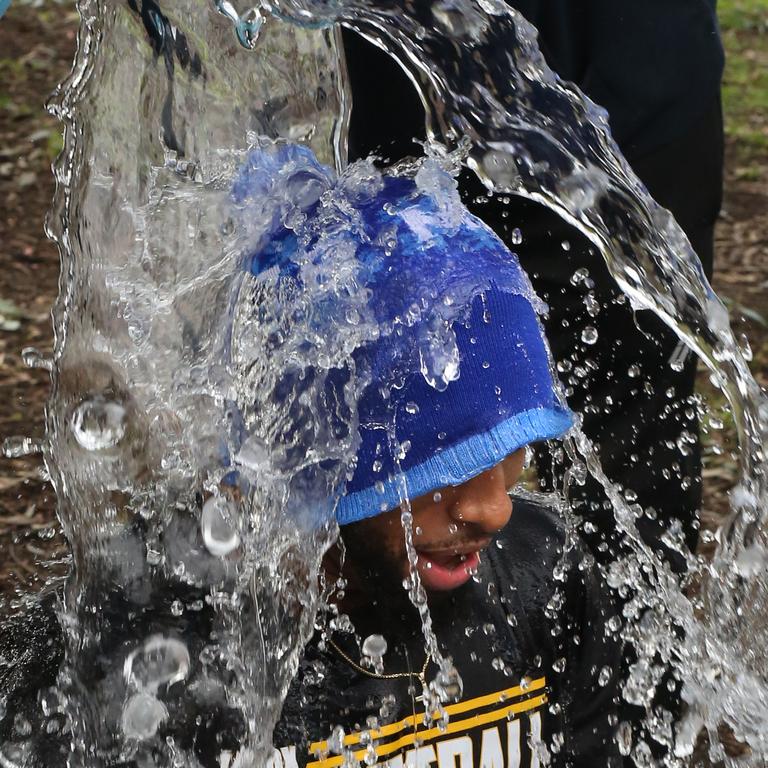Money from ALS ice bucket challenge funding new treatment study
When it dominated social media feeds six years ago, many wrote it off as a fad, but this viral challenge has actually helped fund lifesaving research.
Remember the ice bucket challenge?
It was the viral stunt that took over social media in mid-2014: participants pouring a bucket of ice cold water over their head and then nominating a friend to do the same.
The idea was to raise awareness about motor neurone disease (MND), more commonly called amyotrophic lateral sclerosis (ALS) or Lou Gehrig’s disease in the US.
Many people took part in the challenge including former US President George Bush and celebrities like Ellen DeGeneres and Gwyneth Paltrow (whose Goop brand later went on to promote “cold exposure” in the pursuit of “wellness”).



The disease is an awful one: Many who get it are dead within a few years as their muscles degenerate, robbing them of the ability to walk, eat and even breathe.
It’s unknown what exactly causes it, and there’s currently no cure.
The current focus for treatment is just to alleviate symptoms.
So when people began dunking ice cold water over their heads six years ago, the goal was to raise money with the hope of eventually finding a cure.
It’s estimated more than $US220 million ($A300 million) was raised for a variety of organisations.
The ALS Association provides a breakdown of how it’s spent the funds that were directed its way.
Now, it’s also reporting a promising new treatment method.


RELATED: Aussie researchers’ breast cancer discovery
RELATED: $8 buy that could save your life
A multi-centre, randomised trial took 137 ALS sufferers who had developed symptoms within the past 18 months, who were given either sodium phenylbutyrate-taurursodiol once a day for three weeks (and twice a day thereafter), or a placebo.
The 89 who received the real drugs showed “slower functional decline”, indicating the drug could help slow the disease progression.
“Patients keep telling me their number one goal is to be able to retain physical function for as long as possible,” study lead author Dr Sabrina Paganoni told NBC News.
“They want to be able to continue to walk and to use their hands.”
The study was double-blind (meaning those conducting it didn’t know which participants were given placebos) and phase two of a four-step process to have it approved for treatment by the US Food and Drug Administration.

RELATED: Worrying trend in online searches during pandemic
There were some gastrointestinal side effects, and the drug, if it’s approved, won’t be a single treatment but part of a larger cocktail of treatments those with the disease will have to take.
Phase three of testing involves a larger sample size of people with the condition (up to 3000), who are studied for at least a year.
The goal is to monitor the efficacy of the drug as well as adverse reactions (such as the gastrointestinal issues reported in the study).
The research was recently published in the New England Journal of Medicine, supported by Amylyx Pharmaceuticals, the ALS Finding a Cure Foundation, and the ALS Association.
And Dr Paganoni told NBC the viral social media stunt was a huge factor in finding new treatments.
“The ice bucket challenge was an important turning point in the fight against ALS,” she said. “It put ALS on the map and raised awareness of the disease, and attracted more investigators and investment to the research.”



